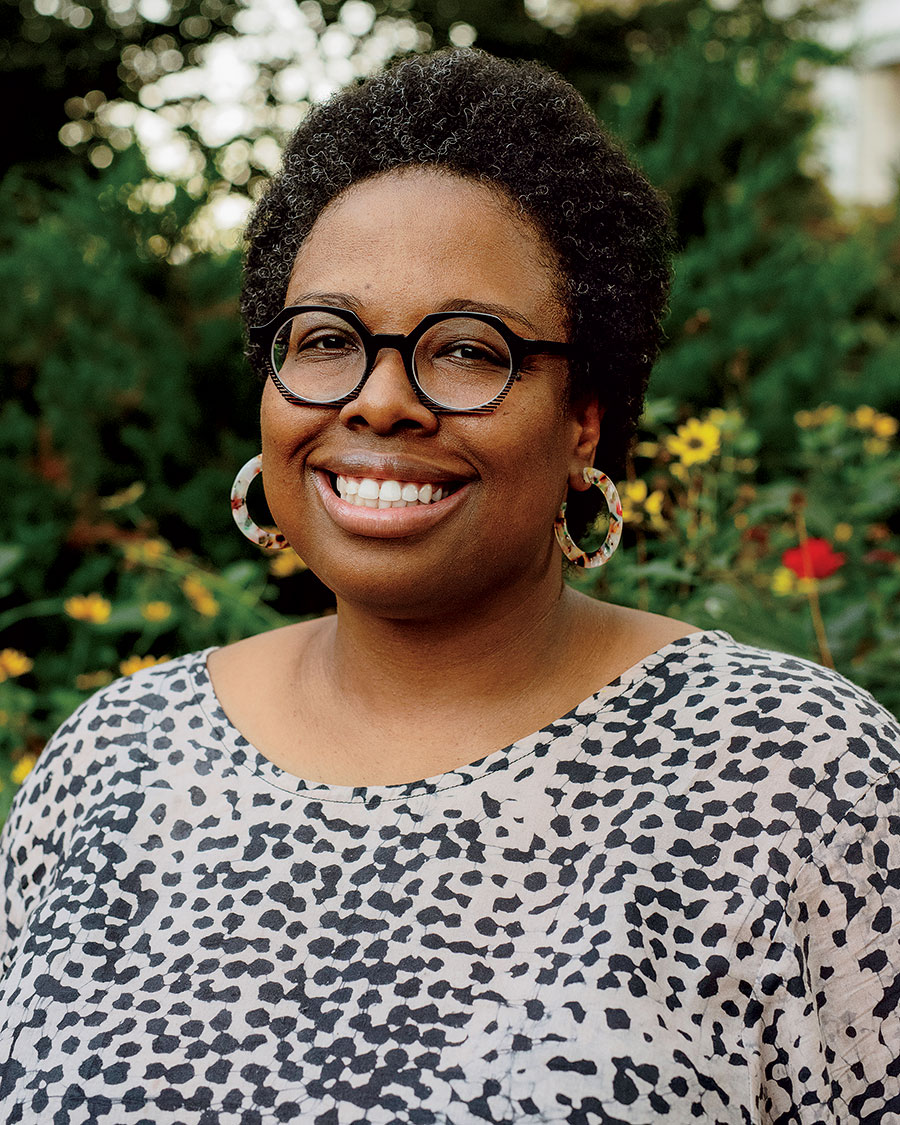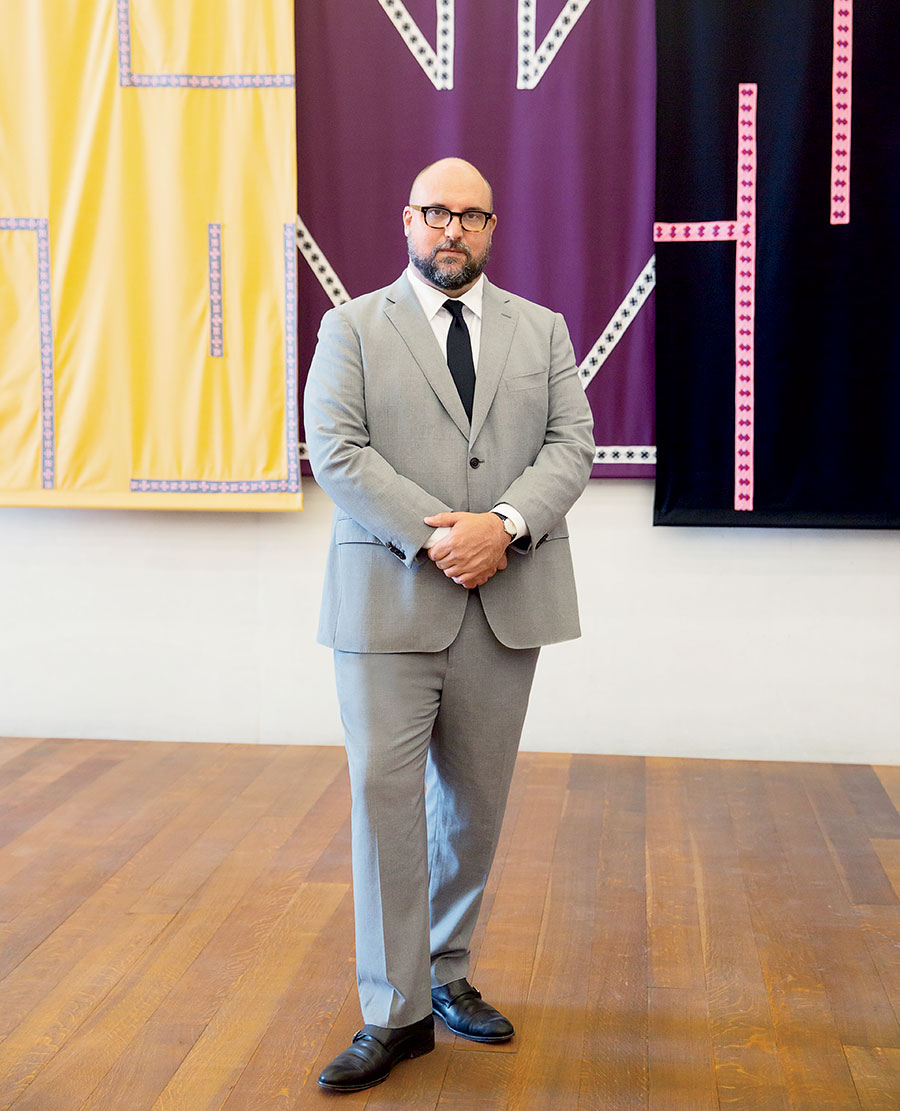I don’t think it is widely understood that Chicago is living through a golden era of artistic production,” says Madeleine Grynsztejn, who has been the director of the Museum of Contemporary Art Chicago since 2008. “Right now, it is Chicago that is home to the most impactful artwork being made in this country.”
Grynsztejn delivers these blunt proclamations over the phone while wrangling family members at O’Hare two days before Thanksgiving, having called me back 10 minutes after our agreed-upon time because she hadn’t yet made it through security. Those circumstances lead me to believe these aren’t overly rehearsed sound bites.
The prompt for our conversation is the assembly of a new curatorial team for the MCA. Days earlier, the museum had announced the appointment of René Morales and Jamillah James as chief curator and senior curator, respectively. They are filling the top slots that were vacated by Michael Darling and Naomi Beckwith in January 2021.
Morales and James join other recent hires, including curator Carla Acevedo-Yates, associate curator Bana Kattan, and assistant curator Jadine Collingwood — “a team that will manifest the best contemporary art museum of the 21st century,” as Grynsztejn describes it.
Morales, the leader of this new team, says, “I’ve always been fascinated with Chicago. It seems to me like just such an incredibly rich and textured and multilayered city. I’ve only just begun to penetrate the layers.”

Morales was calling that same November day from Miami, where he was until recently director of curatorial affairs and chief curator at Pérez Art Museum Miami. Born in Cuba, he was raised in Miami and returned there in 2005 to work at PAMM (then known as the Miami Art Museum) after several years in the Northeast, where he earned his master’s degree in art history at Brown University and later worked at the Rhode Island School of Design Museum.
One of Morales’s guiding principles at PAMM was strengthening the museum’s ties with local artists — a practice he intends to carry over to the MCA, echoing Grynsztejn’s emphatic words. “Fostering deeper relationships with the local art community has always been a major priority,” he says. “Not just in the literal sense of presenting their work or acquiring their work for the collection, but just being with them, supporting them in every way that I can, while learning from them.”
“I’ve always been skeptical of the idea of importing some sort of curatorial vision from outside and layering it on top of a community—a vision that could work, you know, whether it’s Australia or São Paulo or Israel or Warsaw, these generic programs.”
Indeed, Morales says he thinks of local artists as one of the primary audiences for his work as a curator: “You know, sometimes among the great things that you can do for an artist who lives in your city is present work from outside of that city that they relate to and that provides new directions. Something that I’ve found super gratifying — this is a rarer thing, but it has happened — is connecting [Miami-based artists] with curators and collectors who live outside of Miami. That’s a very important steppingstone for artists to build a reputation and a following beyond their city limits.”
It was a prior visit to Chicago via the MCA, for a contemporary curators’ conference organized by Beckwith, that opened Morales’s eyes to the possibilities here. “It was during that trip that I got a particularly vivid sense of how vibrant the art community is,” he says, “and the potential role of the MCA in helping that community thrive and prosper.”



